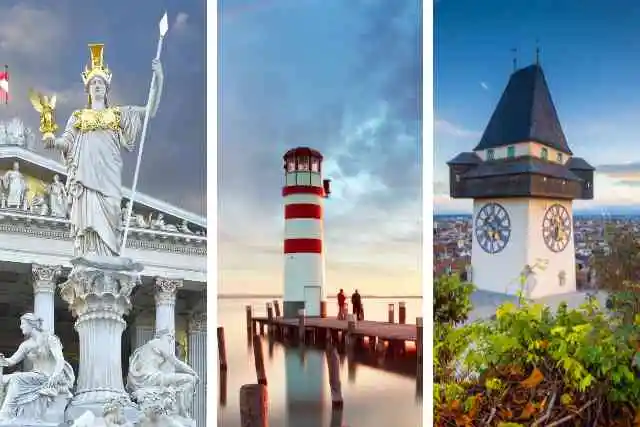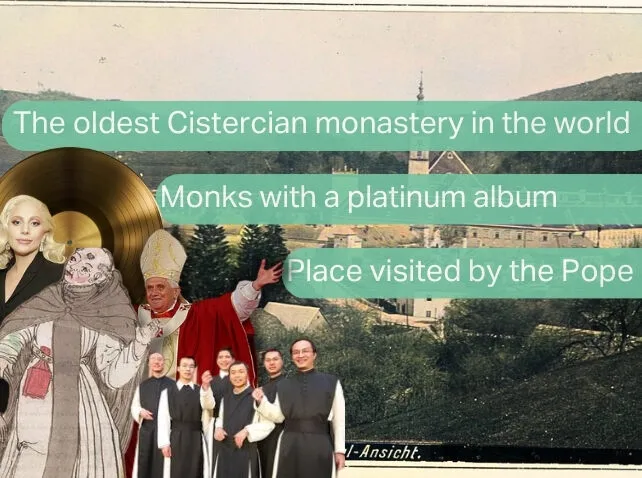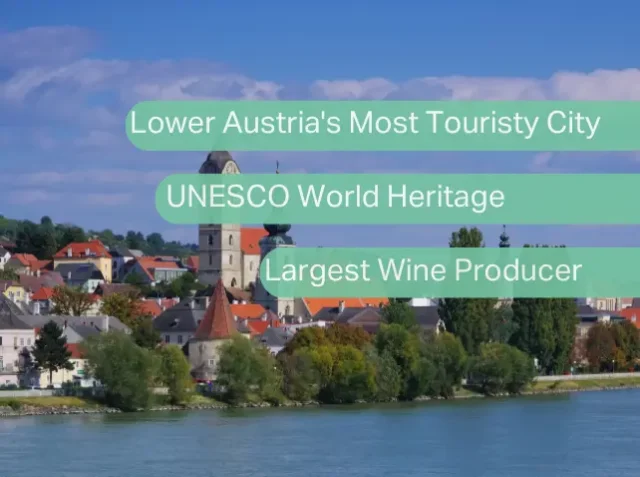Home to the largest Cistercian monastery globally, Heiligenkreuz offers a blend of spiritual experiences and breathtaking historical architecture.

Introduction to Heiligenkreuz
Heiligenkreuz history is breathtaking. Heiligenkreuz is a beautiful village just 16 km from Vienna, with about 1,616 residents. It is in the Industrieviertel region and is an important stop on the pilgrimage route to Mariazell, known as the Via Sacra. Today, Heiligenkreuz has the largest Cistercian monastery in the world. This monastery is a spiritual centre and an architectural wonder that attracts tourists from all over the world.
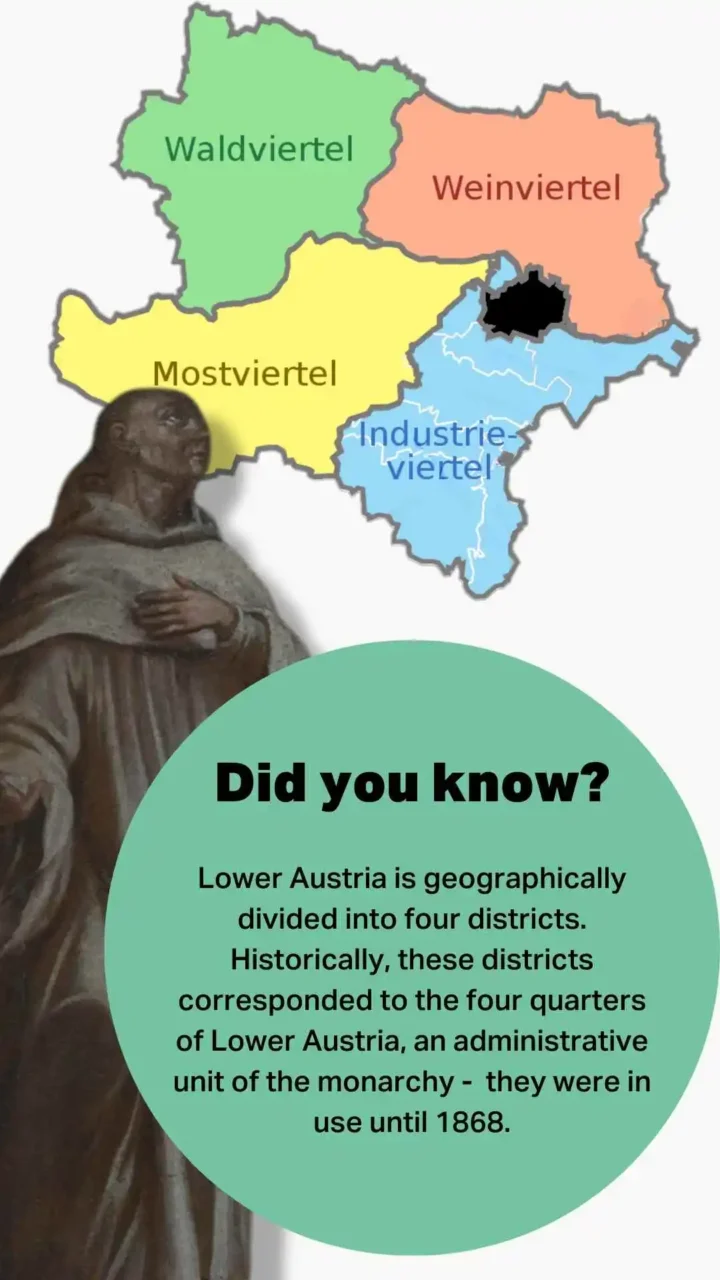
Name
In the Heiligenkreuz History, the name “Heiligenkreuz” is derived from a fragment of the Holy Cross that Leopold V brought back from his pilgrimages to the Holy Land and bestowed upon the monks. Originally, the place bore the name “Sancta Crux.” This relic, about the size of a hand, is the largest of its kind north of the Alps. The Heiligenkreuz History is deeply intertwined with this sacred artifact, which continues to be a symbol of its rich past.
Our Recommendations

Coat of Arms
Introduced in 1973, shows a green shield with eight golden rays starting from the centre and widening towards the edges. The shield is surmounted by a red Latin cross.

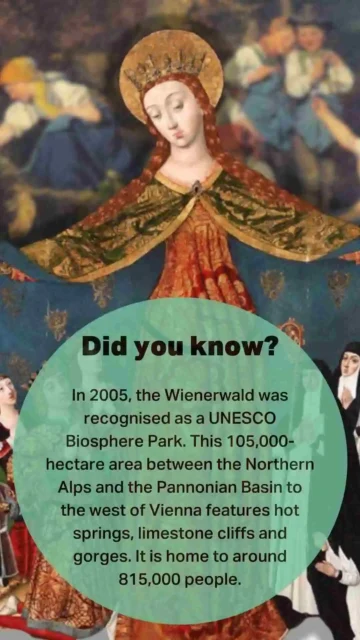
Before the Monastery
Heiligenkreuz, rich in history, began in the 12th century when the settlement of Muchersdorf emerged. Monks chose the monastery’s location in the secluded Wienerwald, or Vienna Woods, for its peaceful surroundings. This quiet setting helped promote prayer, asceticism, and a life free from worldly distractions, which are central to monastic life.
Leopold III, inspired by his son Otto, a Cistercian monk from Burgundy, founded Heiligenkreuz Monastery as both a spiritual center and a model farm. The monastery aimed to promote progress in agriculture, forestry, and fish farming. Over time, Leopold III recognized the monastery’s potential to become a burial site for the Babenberg dynasty.

The Beginnings of the Monastery
After the monastery’s founding in 1133, the local population began to grow, reaching 900 by the 19th century. At first, around 12 monks, mostly from France, lived in the monastery as its founding members. With support from Margrave Leopold III, the monastery quickly became a cultural center in Lower Austria. Many locals found jobs through the monastery’s services. The modern village only appeared after the second Turkish siege in 1683. After 1700, workers were allowed to settle near the monastery, a rule that had been banned within a one-mile radius. The monastery’s products, known for their high quality, were in great demand at Viennese markets.
The monastery has been proactive in establishing new settlements since the Middle Ages, with places like Zwettl (1137), Lilienfeld (1202), and Neuberg being notable examples. This tradition extended into the 20th century with the establishment of new monasteries, such as Marienkron in 1954.
Time for Change
The 15th and 16th centuries marked a period of stagnation for the Heiligenkreuz Monastery. Wars and Turkish invasions in 1529 and 1532 led to the destruction of parts of the monastery buildings and surrounding villages. However, the 17th century saw Heiligenkreuz regain prominence, with frequent visits from Emperor Leopold I of the Habsburgs. Regrettably, on July 14, 1683, the monastery was once again invaded by the Turks and set ablaze.
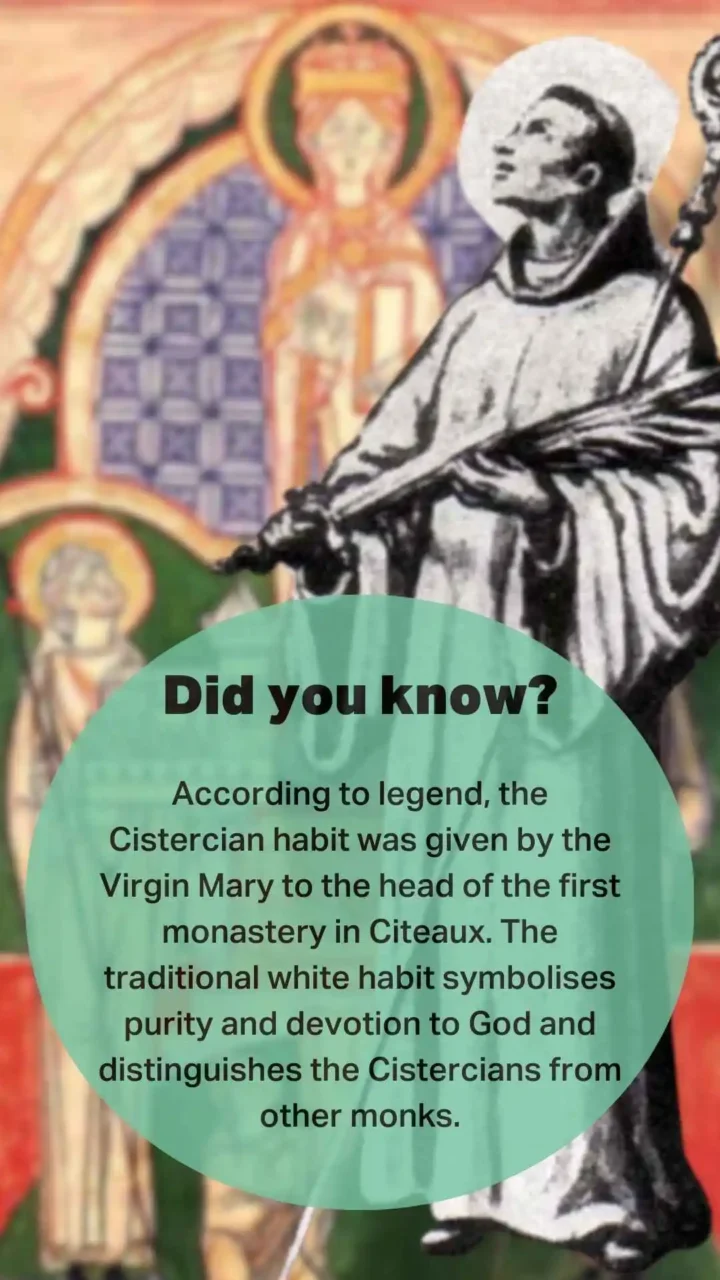

In 1612, after the violent Turkish attacks, Heiligenkreuz Abbey experienced a major Baroque transformation. Workers bricked up the large eastern central window, which once lit the church’s interior, and replaced it with a grand, imposing Baroque altar. This era brought a rise in the splendor and richness of sacred art, clearly shown by this monumental change.
However, as time moved forward, tastes and preferences changed. By the end of the 19th century, the church saw another transformation during a renovation that aimed to restore its original simplicity and dignity. The Baroque furnishings that once filled the interior were removed and replaced with a clean, neo-Gothic style. Builders added seven new side altars, a ciborium altar, and a neo-Gothic side gallery to enhance the beauty and modesty of this sacred space.
The monastery’s reconstruction commenced in the 18th century, with the construction of the Holy Trinity Column and the Calvary. Amidst the Josephinian reforms aimed at curtailing religious life, the monastery’s activities ensured its survival. For a decade, no new monks could join the monastery, and the number of monks was reduced from 80 to 48.
In 1850, Heiligenkreuz became an independent municipality, with Abbot Edmund Komárom serving as the first mayor of the newly independent community.
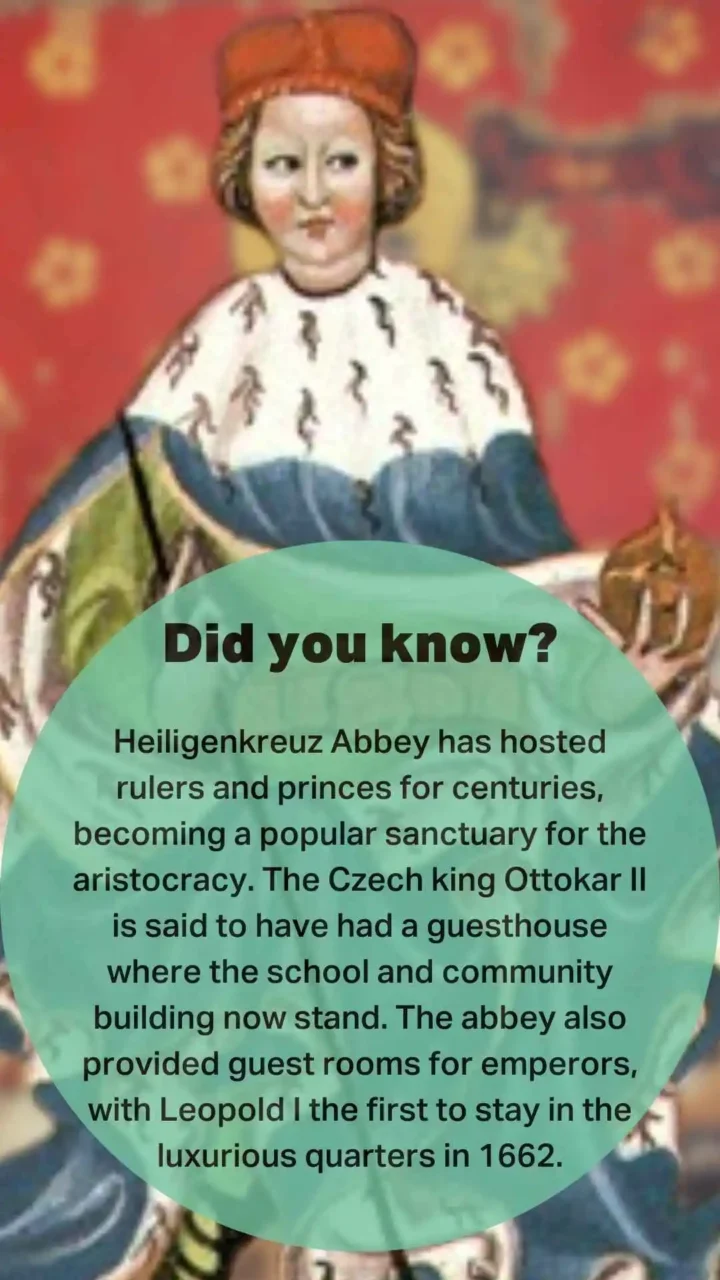

The 20th Century
During the Nazi regime, authorities confiscated the monastery’s bells to melt them down for weapons. After the war, in the 1950s, new bells were made and returned to the monastery. Until the 1960s, many residents of Heiligenkreuz depended on well water. In the late 1960s, workers installed water pipes, greatly improving the quality of life for the locals. This event became another important milestone in Heiligenkreuz’s rich and varied history.
Abbey and Architecture
In 1203, a generous royal donation gave Heiligenkreuz Abbey access to stone mines in the Leithagebirge, near the Hungary-Austria border. Builders used this stone, called Kaiserstein, for many monumental structures, including the main portal in the monastery courtyard, the Holy Trinity Column, parts of the Hofburg, the bastions of Vienna’s city walls, Schloss Neugebäude, St Michael’s Church, the Church of the Nine Angels’ Choirs on Hofplatz, the Ruprechtskirche, the Schottenkirche, Schönbrunn Palace, and Belvedere Palace. In 1912, the monastery sold the quarry land to the Ministry of War for 3,500,000 crowns, along with forest areas in Styria covering 11,700 hectares.
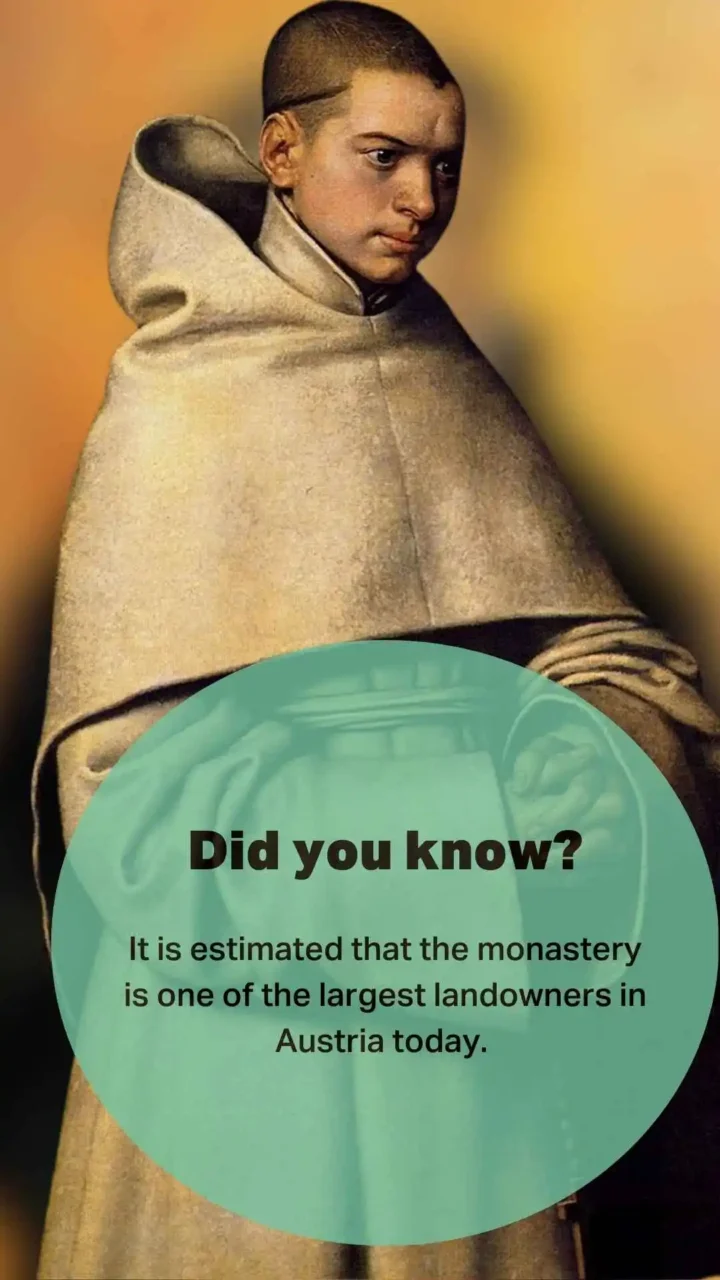
Landowner
The abbey holds extensive land in Austria and owns Wasserberg Castle in Styria. It also owns a complex of buildings in Vienna’s 1st district, constructed at the turn of the 12th and 13th centuries. This complex, known as Heiligenkreuzerhof, is often called Vienna’s first apartment building.
Victorian Drama
The Mayerling Affair tells a gripping true-crime story from the Victorian era that still sparks emotions and controversy. In January 1889, a tragedy in the small village of Mayerling shocked Europe. Archduke Rudolf, heir to the Austro-Hungarian throne, and his young mistress, Mary Vetsera, died together. Authorities called their deaths suicides, but Empress Zita, the last Empress of Austria, claimed someone had murdered them. Their deaths remained a mystery, with rumors and conspiracy theories spreading for years.
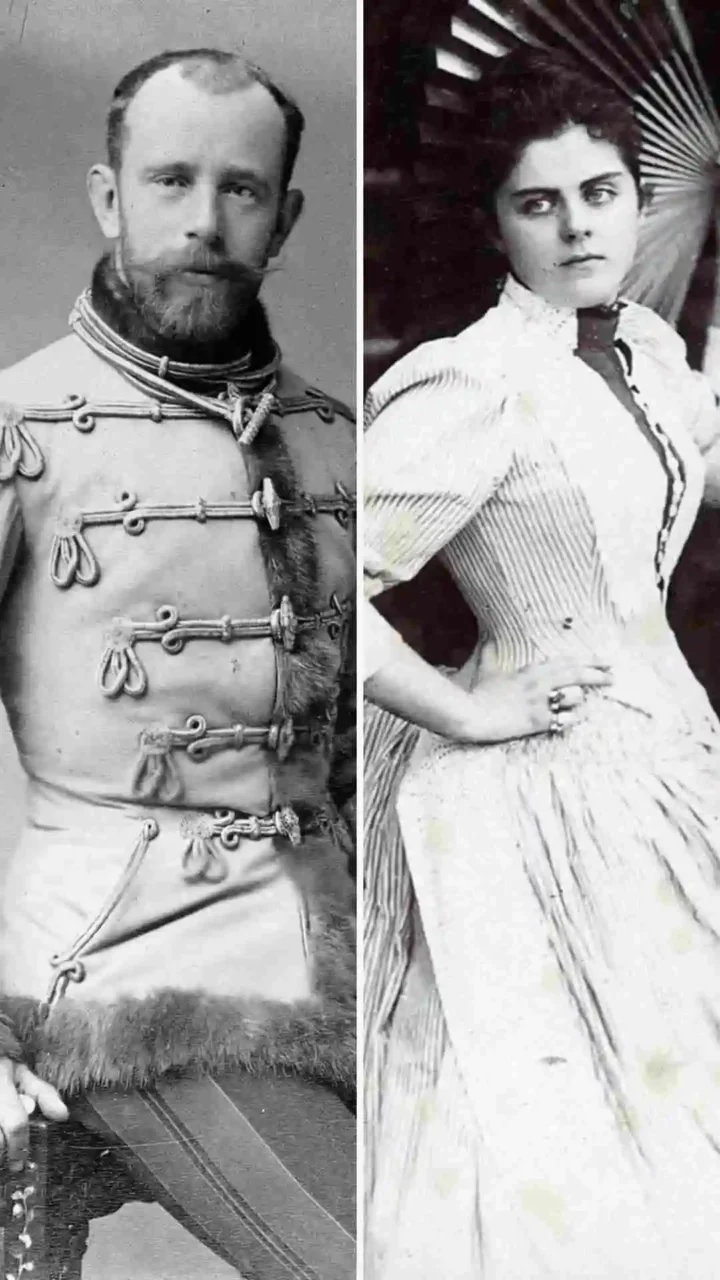
Heiligenkreuz History tells the mysterious story of Mary Vetsera. To avoid scandal, they buried her body in the cemetery of Heiligenkreuz Abbey. Treasure hunters dug up her grave during World War II as the front moved through Austria. In 1992, people discovered the tomb empty, which sparked international attention and speculation. A furniture merchant, curious about Vetsera’s death, stole her bones a year earlier for research. Authorities returned the remains after discovering the theft, but her family did not permit DNA analysis.

In 1993, Mary Vetsera’s remains were reburied. In 2007, researchers found her original copper coffin, and now it is on display at Mayerling. This story, filled with mystery and drama, still attracts visitors and researchers from all over the world. Many come to explore the secrets of Mayerling and the tragic love story of Archduke Rudolf and Mary Vetsera.
Rudolf, heir to the Austro-Hungarian throne, was the son of Emperor Franz Joseph, who was responsible for projects such as Vienna’s Ringstrasse, and Empress Elisabeth of Bavaria, known as Sisi, who also met a tragic end. Rudolf was a very sensitive child who struggled with the rigours of military training. His mother, Sisi, didn’t give him enough attention and care due to mental health problems.
When Rudolf took his own life in 1889, Sisi was deeply heartbroken. She wore only black clothes to show her endless sadness.
The story of Leopold V
resting in a monastery
Leopold V is well-known for capturing Richard the Lionheart after the Crusades. According to legend, Leopold fought alongside Richard and King Philip II of France during the conquest of Acre. When the city fell, the French and English kings raised their flags, and Richard decided to raise the Babenberg flag, even though he was only a duke. Richard, not wanting to be on the same level as Leopold, who was just a prince, threw down his flag. On his way back from the Crusade in 1192, Richard traveled in disguise through Vienna and stayed at an inn in Erdberg. He was recognized by his ring and captured. Leopold held Richard at Dürnstein Castle and later released him to the English for 23.3 tonnes of silver. Leopold used this money to renovate Vienna’s city walls, found Wiener Neustadt, and create a mint.

In the annals of Heiligenkreuz History, the origins of the Austrian flag hold a special place. The flag’s roots can be traced back to Leopold’s story during the siege of Acre. Leopold, who wore a white tunic and belt during the battle, found his tunic stained with blood after removing the belt, leaving white stripes on his body where the belt had been. When Leopold lost his original standard during the battle, he used his bloodstained robe as his symbol. This robe, with its distinctive bloodstains and white stripe symbolising Leopold’s white belt, became the prototype for the Austrian flag
Monastery Choir Platinum Albums
In 2008, the monastery choir released an album that sold over 850,000 copies and earned six platinum awards. In 2011, they released another album, which went four-times platinum in Austria within a month. They used part of the money from album sales to support the education of priests from developing countries.

Some more interesting facts
[depicter id=”1″]
Key Attractions
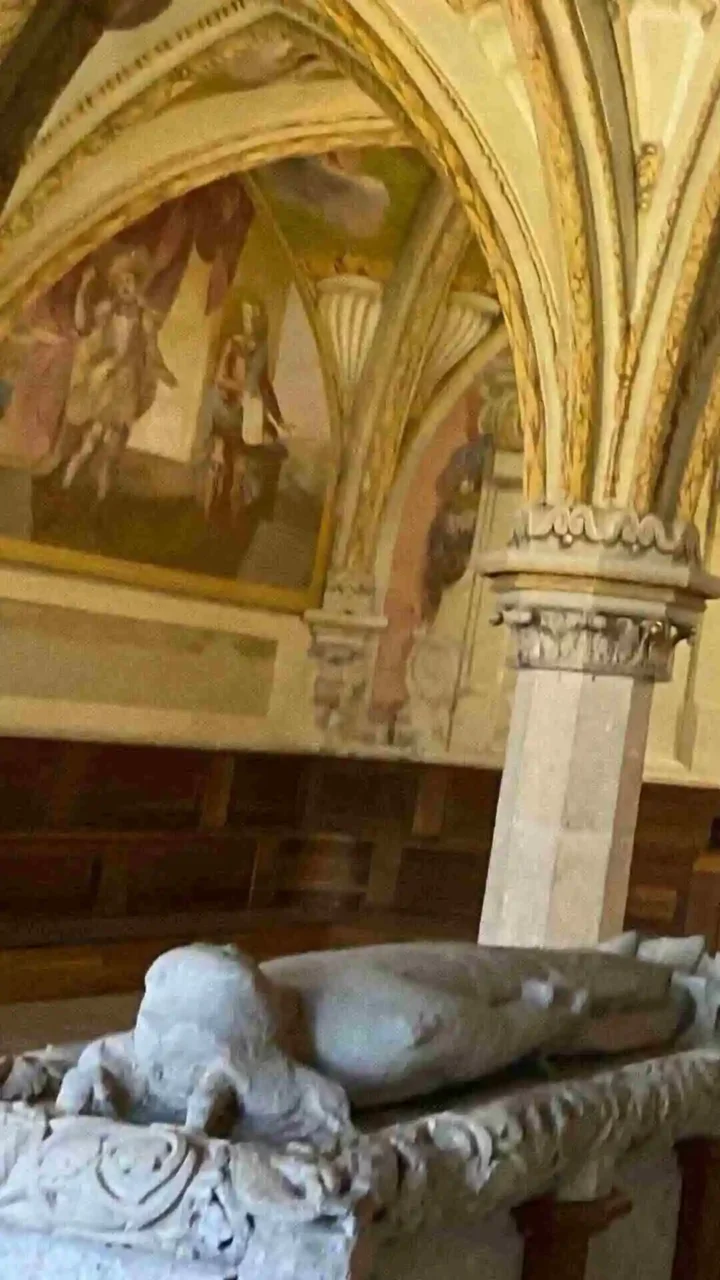
Burial Site
In the annals of Heiligenkreuz History, the abbey holds a special place. It is the final resting place of many prominent members of the Babenberg dynasty. Duke Leopold V, known for his capture of Richard the Lionheart, is buried here. The abbey also houses the tomb of the last Babenberg, Frederick II the Quarrelsome, who was responsible for the introduction of the Austrian flag. Despite the many Babenbergs interred in Heiligenkreuz, the Habsburgs are traditionally buried in the Imperial Crypt in Vienna.
Romanesque Nave
The basilica’s nave, created in the late Romanesque style and finished in the 12th century, stands as a great piece of architecture with deep history and spiritual meaning. It includes three naves, lit by arched windows from the clerestory, and features pointed portals that remind visitors of the Gothic style. The slightly curved axis likely represents the sunrise on Easter Sunday in 1133.

The Gothic Choir
The new square Gothic choir, built to replace the small Romanesque choir, is the largest of its kind in Austria. Its impressive ribbed vaults and large windows with delicate Gothic tracery are a sight to behold.

Baroque Bell Tower
Unlike many medieval Cistercian abbeys, Heiligenkreuz has a Baroque bell tower dating from 1674, which rises majestically above the surrounding countryside. Its elegant form and visibility from a distance make it an integral part of the local landscape.
The Organs
The Heiligenkreuz organ, made by Ignaz Kober in 1804, has 55 stops and 2959 pipes, and has been the concert setting for masters such as Franz Schubert and Anton Bruckner.
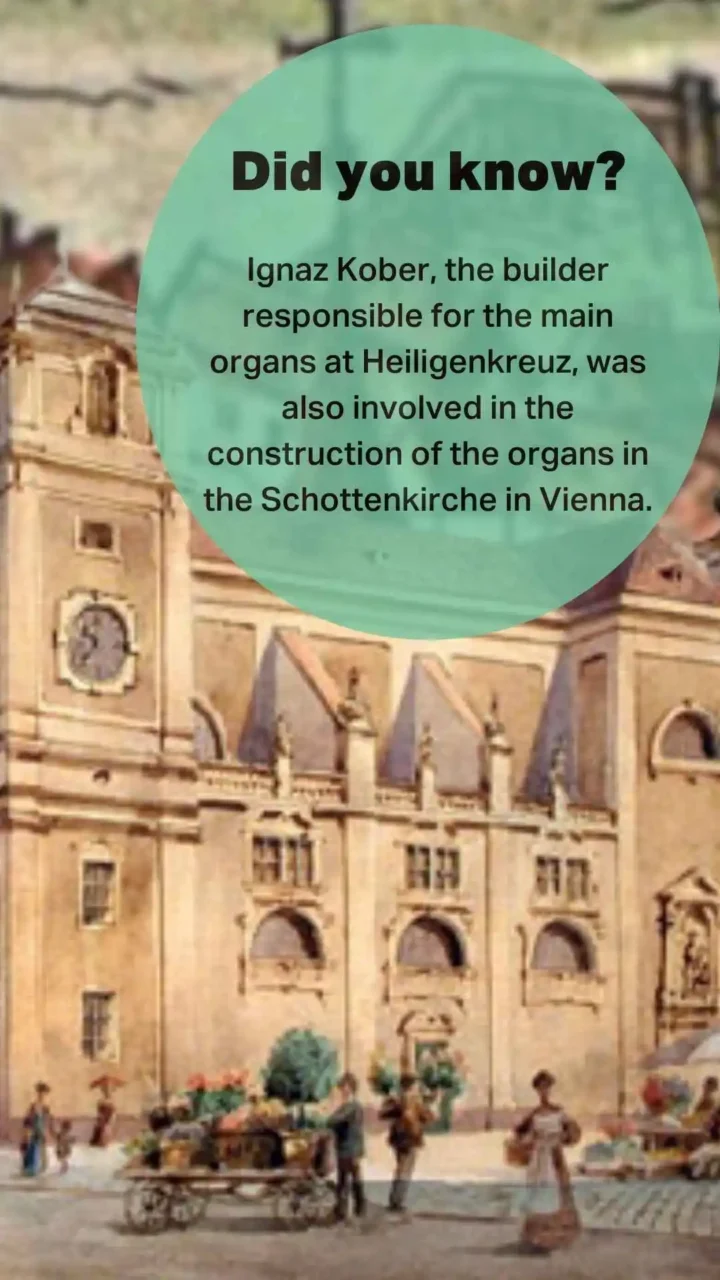
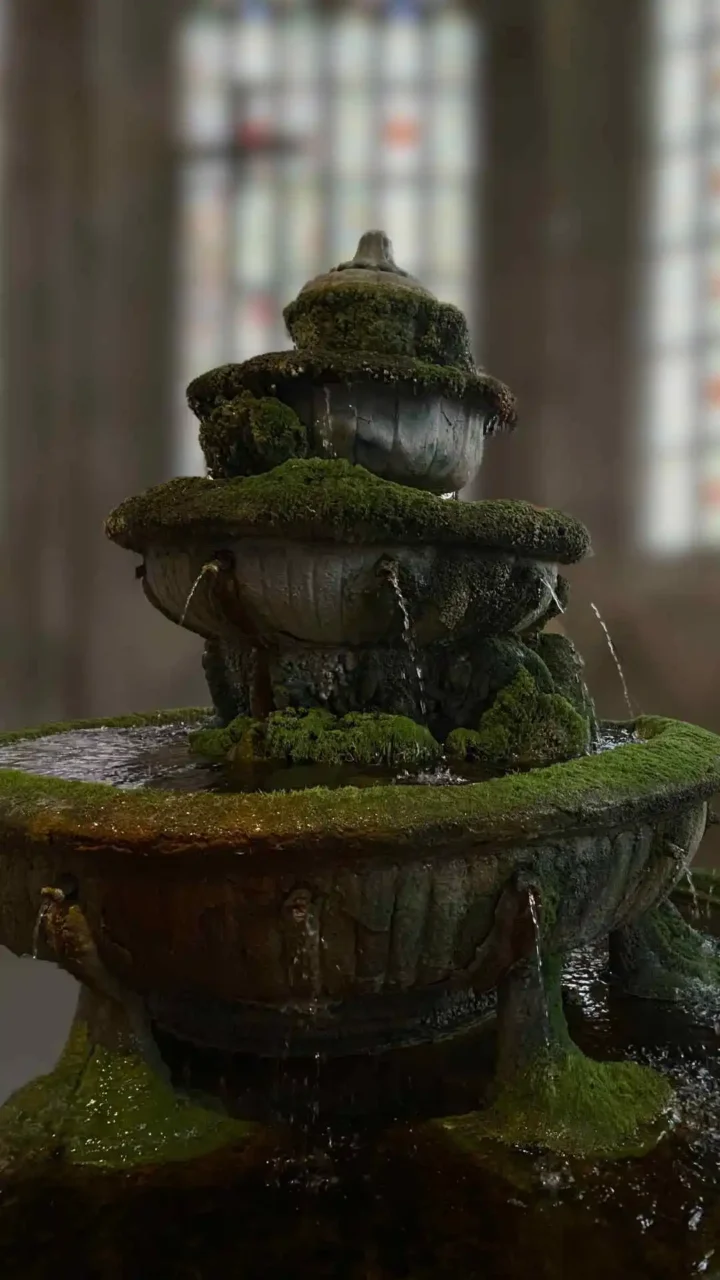
The House with the Fountain
In the heart of Austria, the Heiligenkreuz history unfolds. The High Gothic nine-sided hall, completed in 1295, was the only source of drinking water for the monastery in the Middle Ages. This architectural marvel stands as a testament to the ingenuity and resourcefulness of the monks during that era.
The Octagonal Tower
Austria’s second-largest carillon with 43 bells is located in the baroque octagonal tower above the entrance gate to the monastery courtyard.
The Holy Trinity Column
Constructed between 1736 and 1739, this masterpiece of the Baroque era showcases an impressive structure. Niches display statues of saints, such as St Bernard, St Leopold, and St Benedict, along with Rosalia, Mary Magdalene, and St Peter on the footstool. At the corners of the column, you’ll find statues of patrons against the plague: St Roch, St Sebastian, and St Charles Borromeo.

The Heiligenkreuz Calvary
Dating from the 1630s and 1640s, is another gem of Baroque architecture. The Stations of the Cross contain 37 statues that guide pilgrims through dramatic scenes of Christ’s Passion. The main chapel of this Calvary, also built in the 17th century, serves as a place of profound reflection and prayer, bearing witness to faith and suffering.

The Lourdes Grotto
The Heiligenkreuz history is deeply intertwined with the spiritual journey of many pilgrims. Built in 2017, it is an extraordinary place commemorating the 18 Marian appearances at Lourdes. It enriches the Via Sacra pilgrimage route to Mariazell. Surrounded by the Stallebach stream and a medieval granary, the grotto is decorated with a statue of Our Lady of Lourdes from the early 20th century. A place for reflection, prayer and contemplation, it is an important stop on the spiritual journey.


